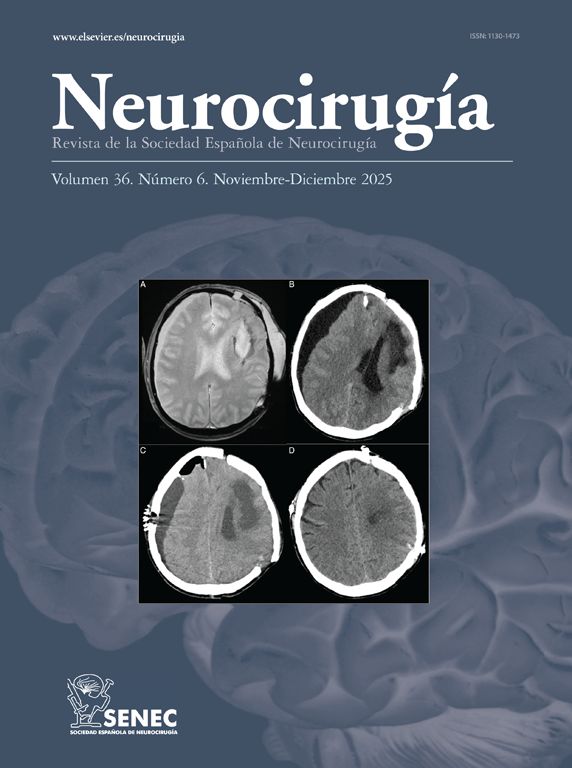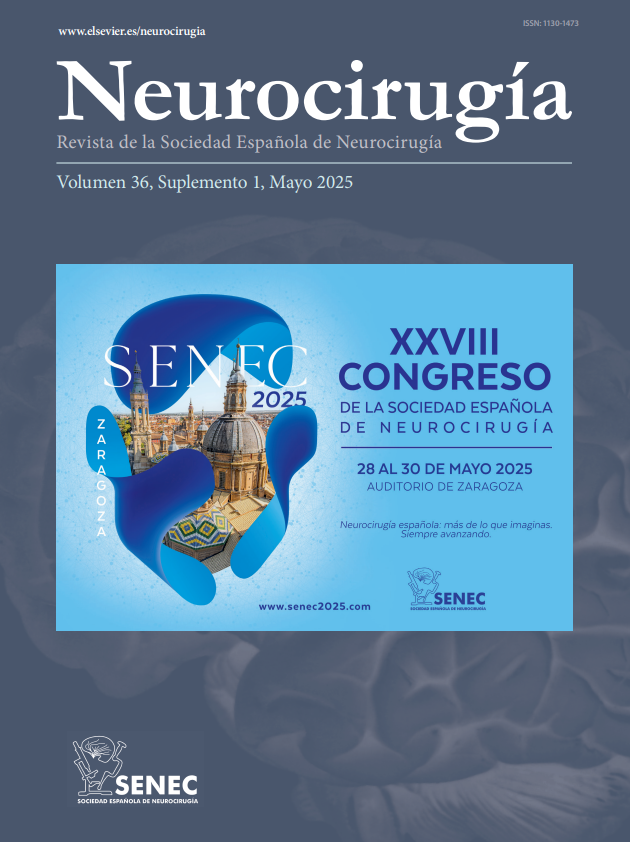O-49 - RADIOSURGICAL TREATMENT OF ARTERIOVENOUS MALFORMATIONS LOCATED IN THE CEREBELLOPONTINE ANGLE CISTERN: SINGLE CENTRE CASE SERIES
Hospital Universitario La Fe, Valencia, Spain.
Introduction: Posterior fossa AVMs account for the 7-15% of the intracranial AVMs. Cisternal AVMs are a rare subtype of these lesions, defined by their main location in the cerebellopontine angle (CPA) with minimal extension into the pial surface of the brainstem and a close relation with the cranial nerves. In the present study we report our experience in the radiosurgical treatment of cerebellopontine angle cisternal (CCPA) AVMs.
Objectives: To report the experience of a single centre series of CCPA AVMs treated with SRS.
Methods: Retrospective series of CCPA AVMs treated with SRS in our centre since 2015. We analyse the patients’ demographics, the AVM – related variables (presentation, size, location and angioarchitectural features), the score in each of the relevant radiosurgical scales (Spetzler-Martín [SM], SM Suplementary, VRAS and RBAS), the radiosurgical planning (dosimetric and volumetric parameters), the combination with endovascular or microsurgical treatments, the development of adverse radiation effects (ARE) and the outcomes (follow up, closing rate, early closing rate, post SRS bleeding rate, clinical response, need for second SRS treatment, Pollock scale and concordance with the expected outcome by prognostic group).
Results: 5 CCPA AVMs were treated with LINAC-SRS in our centre between 2015 and 2021, with average follow up of 89.6 months. All of them had symptomatic presentation, with a mean age of 47.4 yr. The mean size of the AVMs was 0.45 cc. Two of the cases had an afferent artery aneurysm. The mean scores in the SM, SM Supplementary, VRAS and RBAS scales were 2.8; 6; 1 and 1.19 respectively. The mean prescription dose was 18.9 Gy. Nil patient developed ARE. Three cases showed complete obliteration, including two early responses.
Conclusions: Radiosurgery is an effective treatment option for CCPA AVMs. Our results are similar to those reported by other groups.






